India 2025
Where'd I go? What'd I do? How'd I feel?
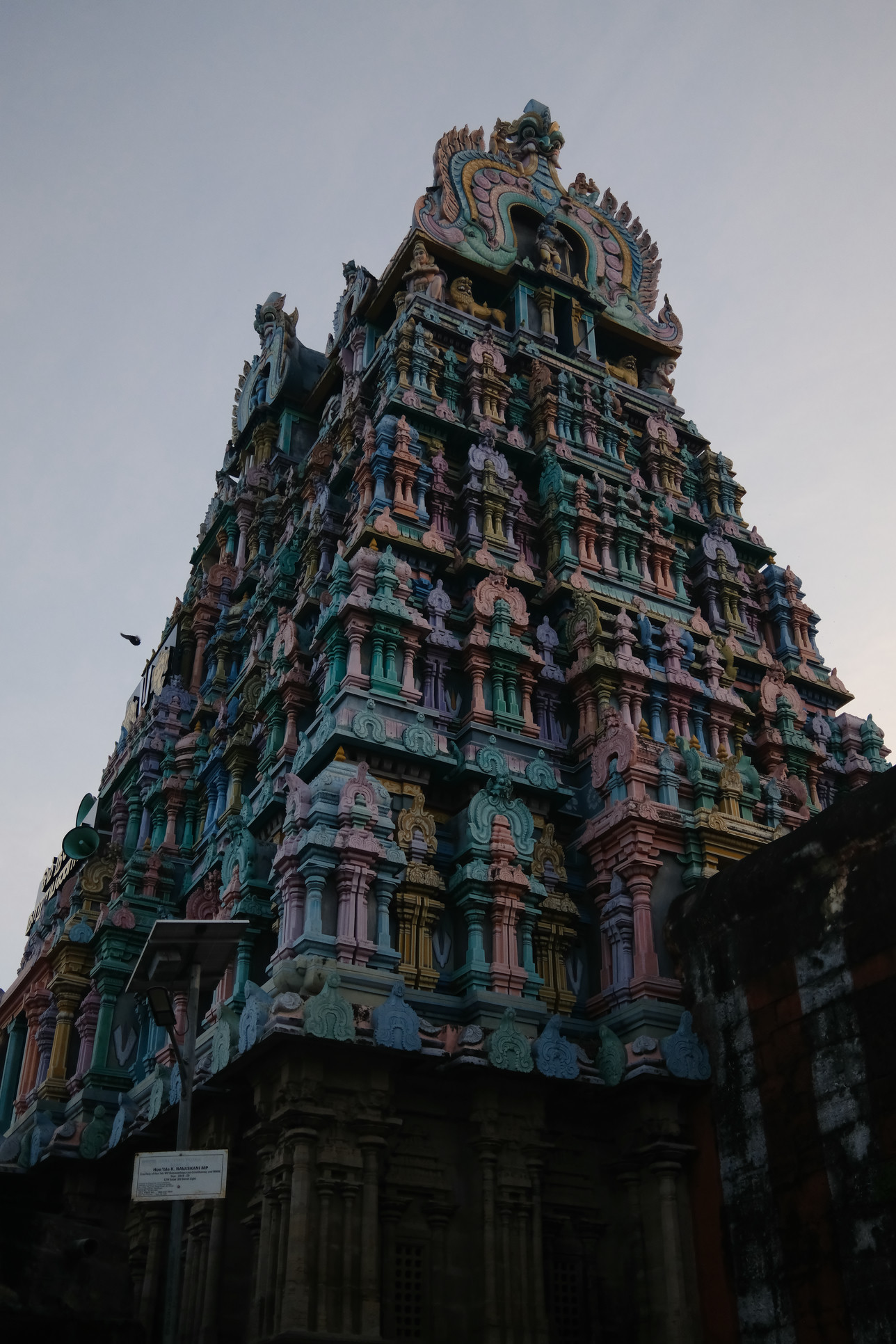
It’s been a few years since I’ve been back to India. I was here last in 2021, and before that, in 2020 (yes, traveling during COVID was really rough).
India hasn’t changed fundamentally in the last 4ish years. Where it has changed, though, is incredibly palpable. I’m not sure how much of this is me noticing more and how much of it is genuine change. I’m sure there’s a good mix of both.
I traveled with my family– my dad, mom, and my sister. My cousin on my dad’s side was getting married, so we decided we’d go, and we also included some extra side adventures since it’s never worthwhile to go to India for less than at least 3 weeks.
Here’s a rough itinerary of the trip:
- Fly out of Seattle
- Land in Bangalore
- Drive to Chennai
- Attend wedding
- Fly to Varanasi
- Drive to Ayodhya
- Drive to Prayagraj
- Drive back to Varanasi
- Fly to Chennai
- Drive to Bangalore
- Fly to San Francisco
Seem like a lot? It really was.
I think I averaged sleeping 5 hours a night, and on many nights, it was closer to 3 hours. Most of my sleep was caught up in the long drives between cities, so not everything was awful. In the middle of this, I also had an interview for grad school admissions which meant I had to prepare to talk about my research and motivations for grad school (spoiler, I got in!). Luckily, I took time off, so I didn’t have any work to do for my job.
I took my new camera with me– the FujiFilm x100VI. I was lucky enough to be able to snag one before the trip from BestBuy, so I was super excited to take it along with me. I ended up leaving my DSLR at home, although at times I was wishing I had the 55-300mm lens with me for some shots. The fixed lens on the FujiFilm is super fun. The color processing, sharpness, focus, etc., are all fantastic on this small little package. It feels weighted though and super tactile because of the knobs and dials that are easily accessible. It’s not without its quirks and faults, though. That’s what made it fun to shoot with.
It might be noticeable that the photos from the beginning of the trip are noticeably worse than the photos at the end. I was trying to figure out the camera and really wanted to be able to shoot in manual– I quickly abandoned trying to manually focus using the focus ring because it just felt awful compared to my nicer DSLR lenses.
Cities
Bangalore
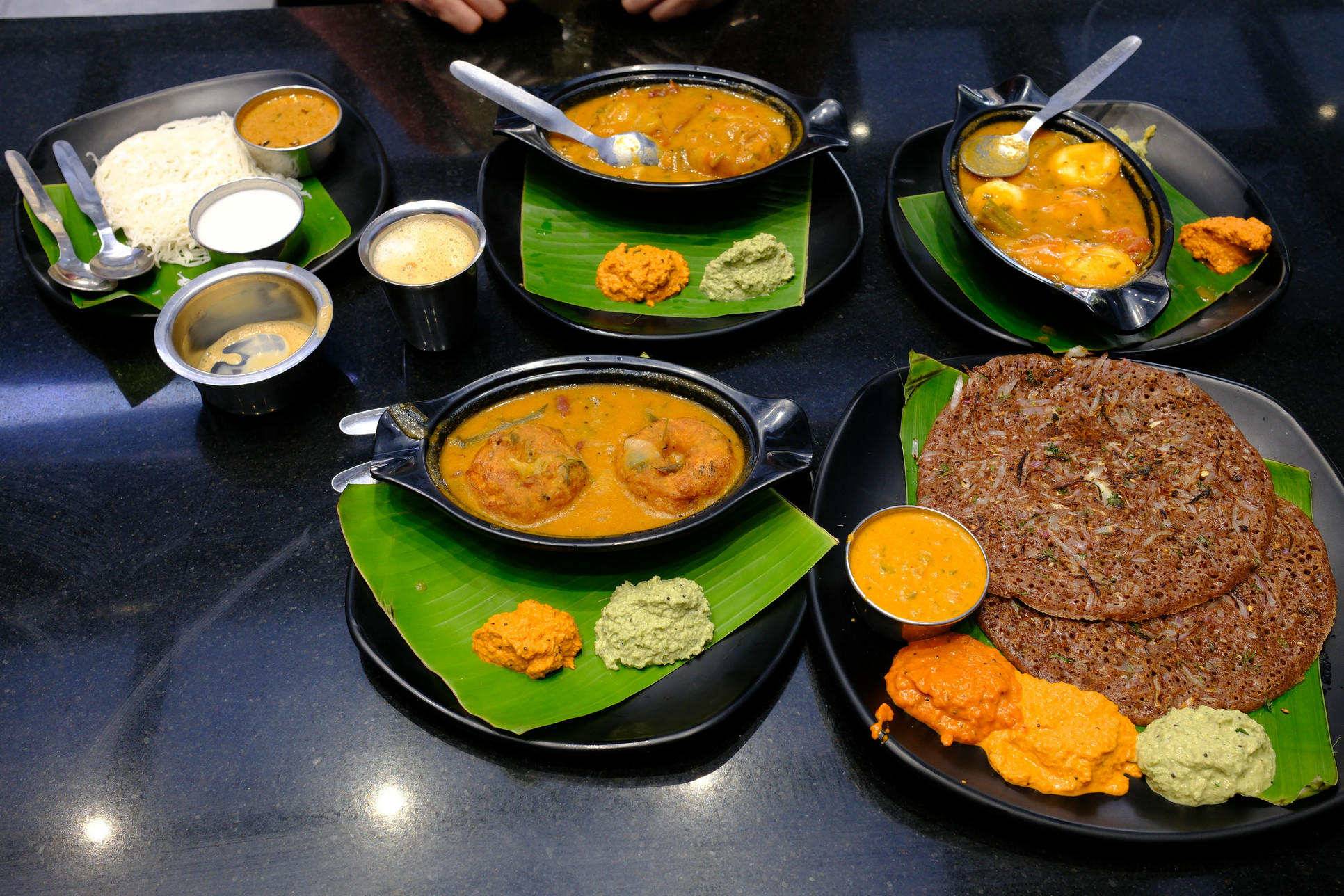
We landed in Bangalore but also spent a few days at the end of trip in Bangalore. Bangalore is one of the cities I grew up in when I was very young, so we still have some ties there mainly with a very close family friend. Bangalore has changed a lot. It’s become significantly more modern in the last decade, and it really feels that way. I hate the fact that the new airport is a 2 hour drive away in traffic from the downtown of the city though.
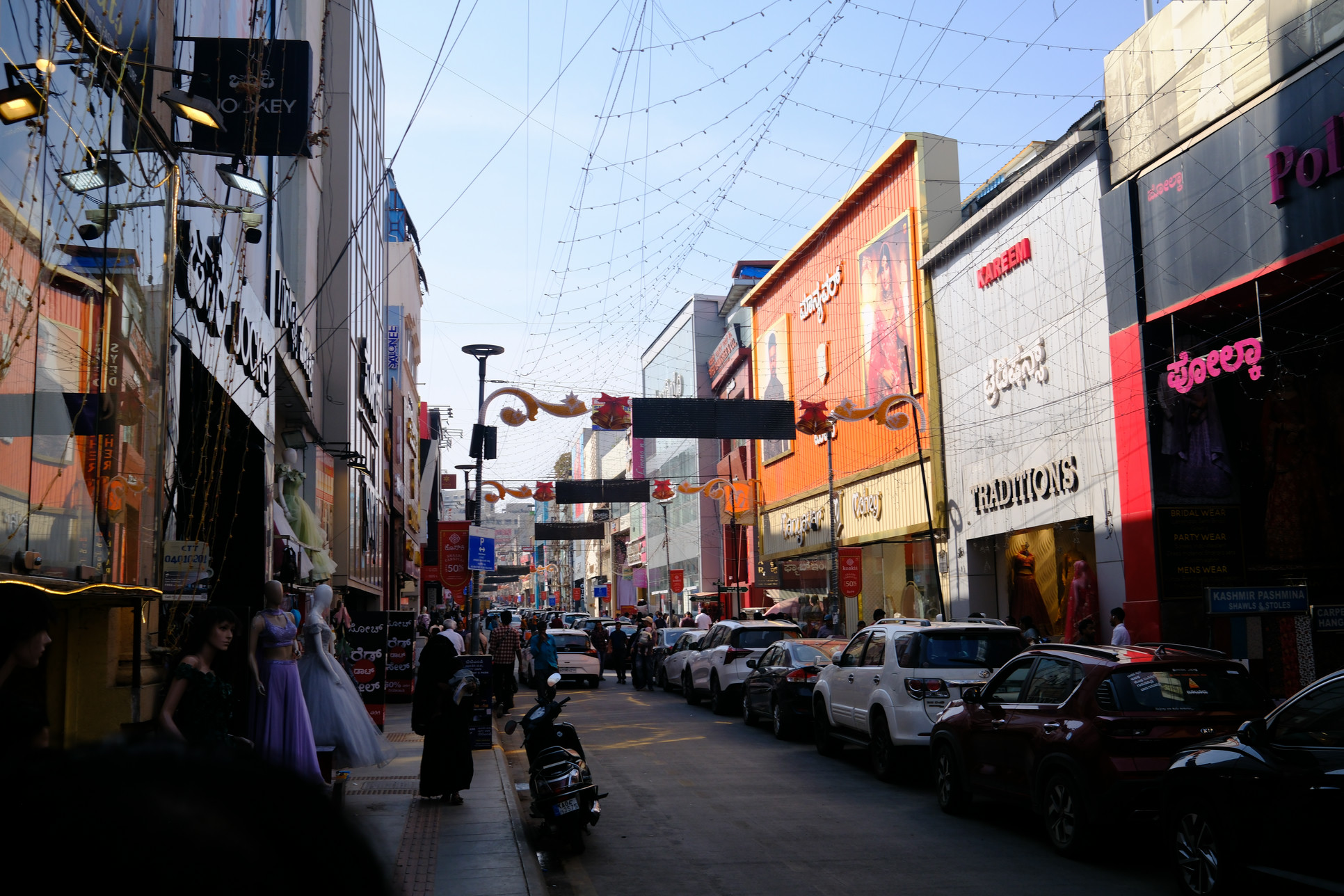
Chennai
We spent a good chunk of the trip in Chennai because of my cousin’s wedding. Chennai is beautiful as always. I feel significantly more at home in Chennai because I spent so much time here as a kid after we moved out of Bangalore.
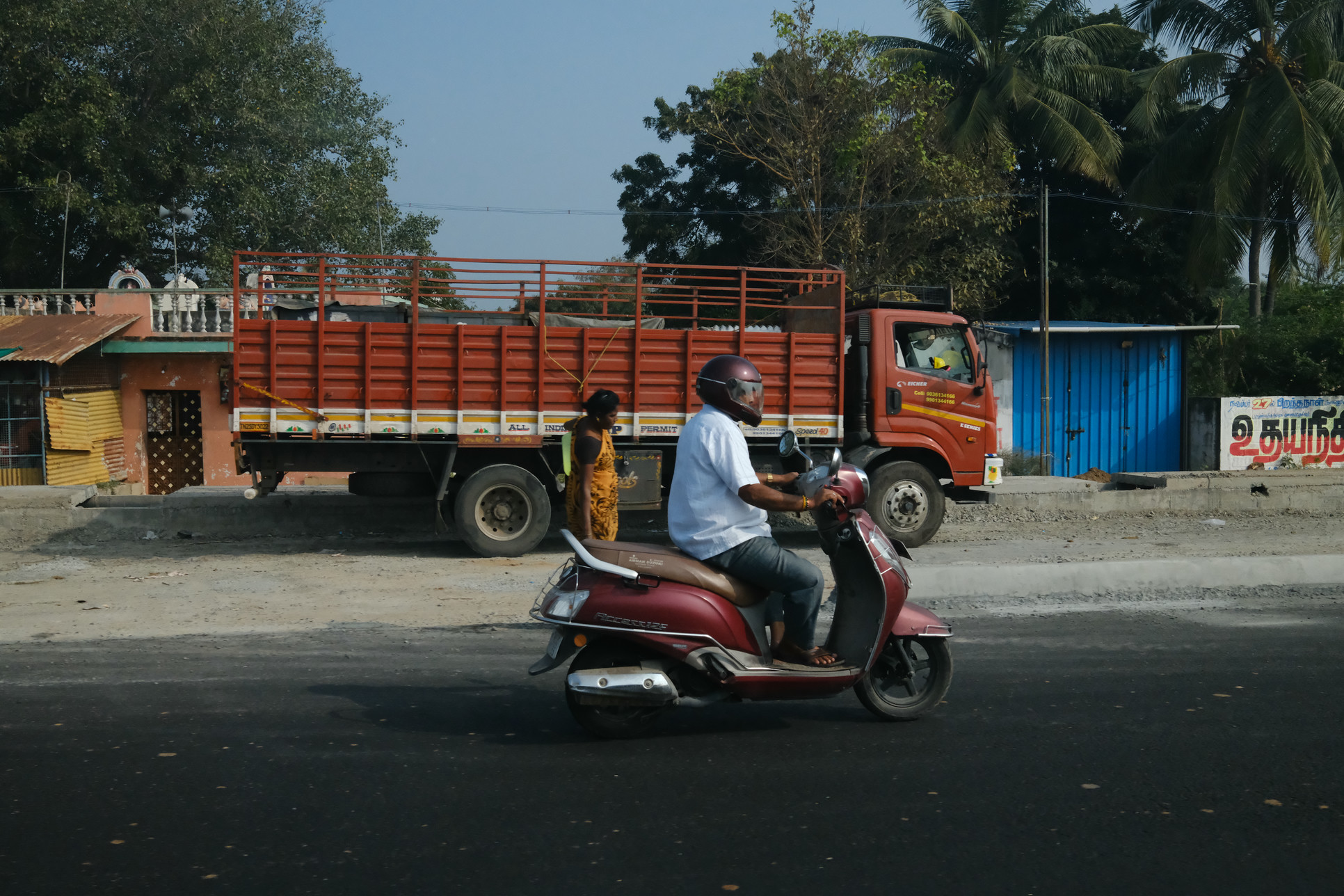
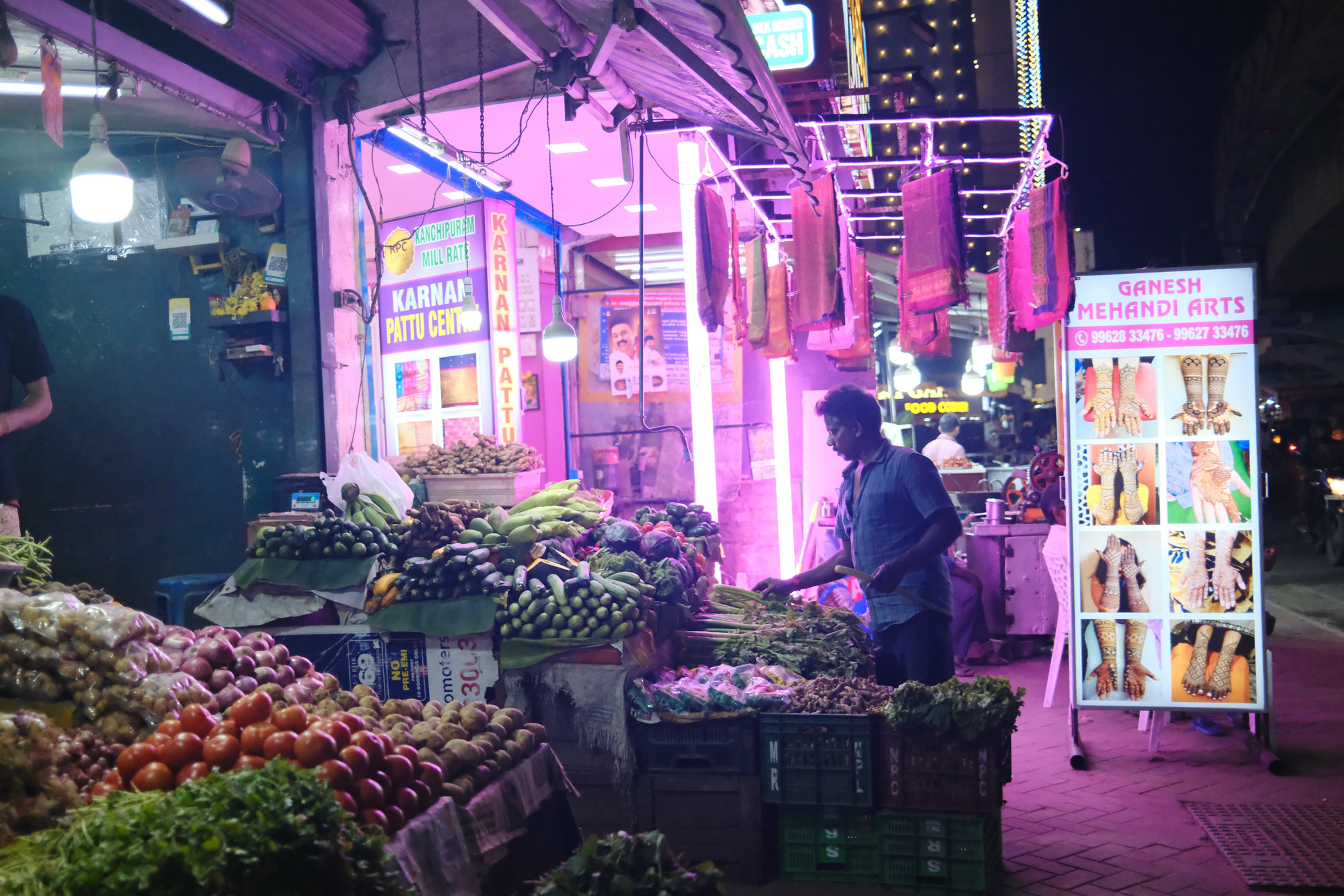
Varanasi
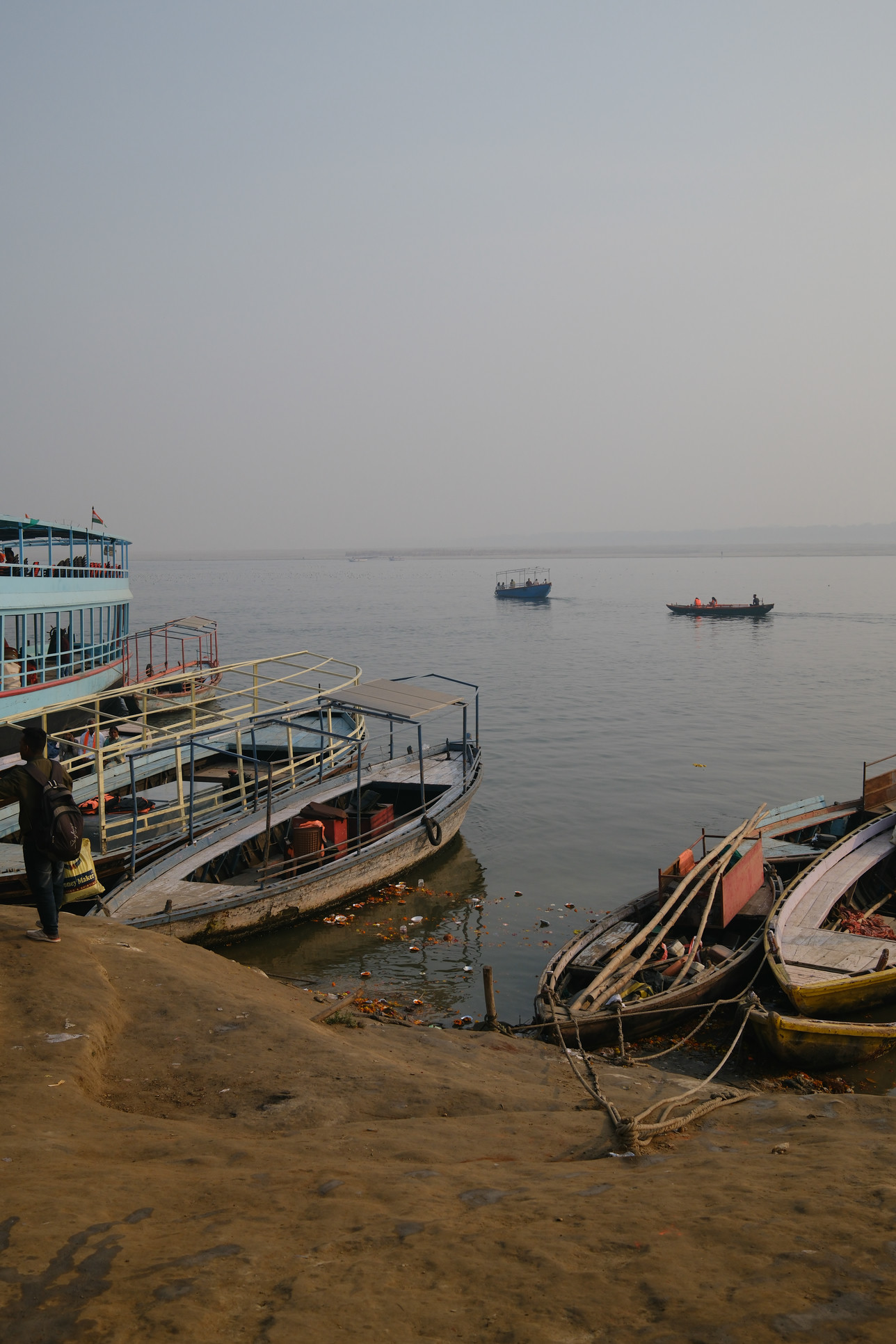
This was the first time I’ve been to Varanasi. Varanasi was an amazing city. Being on the banks of the Ganges, and having so much history, it really did feel like I was in one of the oldest cities. The chai there was amazing, and the Ganges was beautiful.
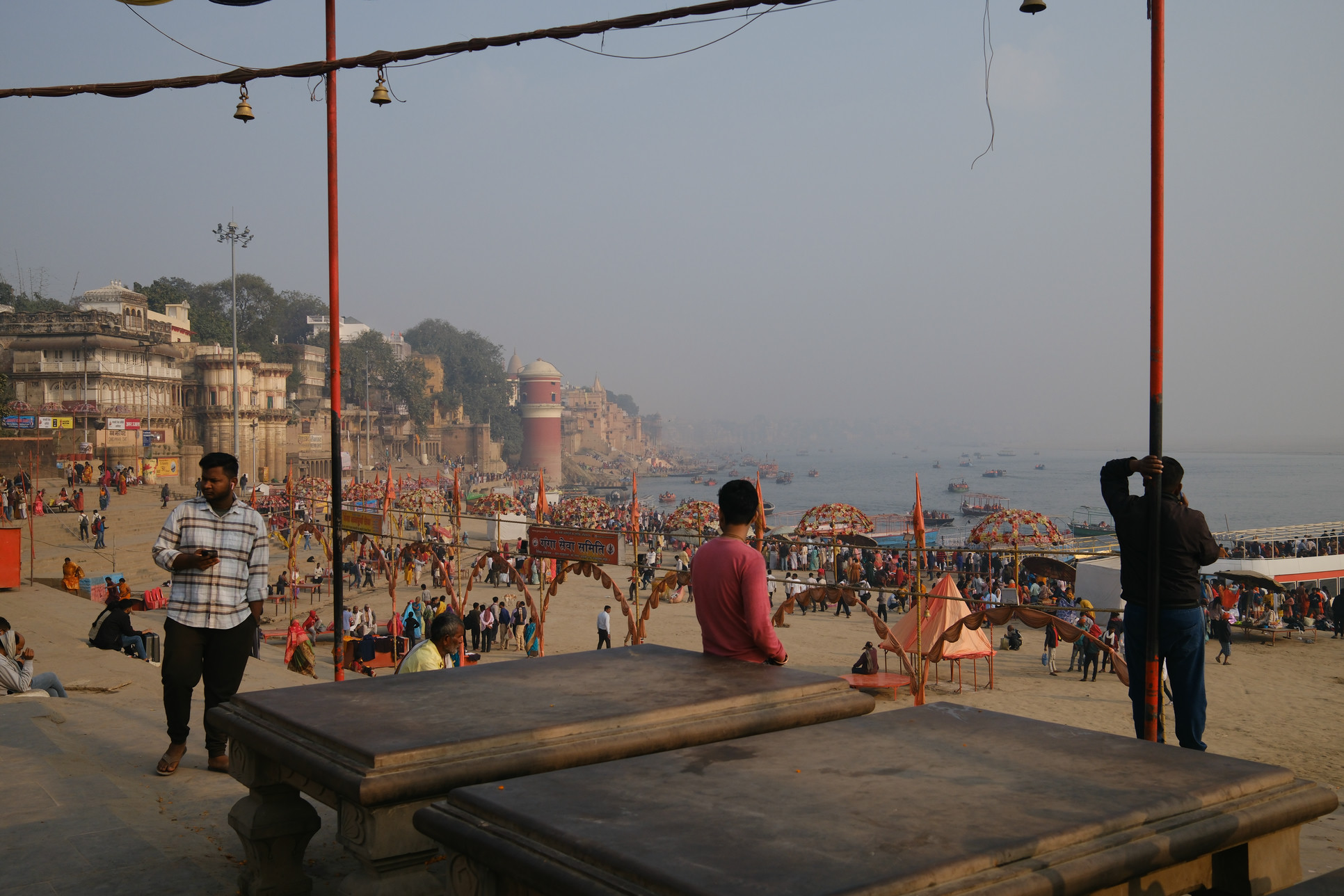
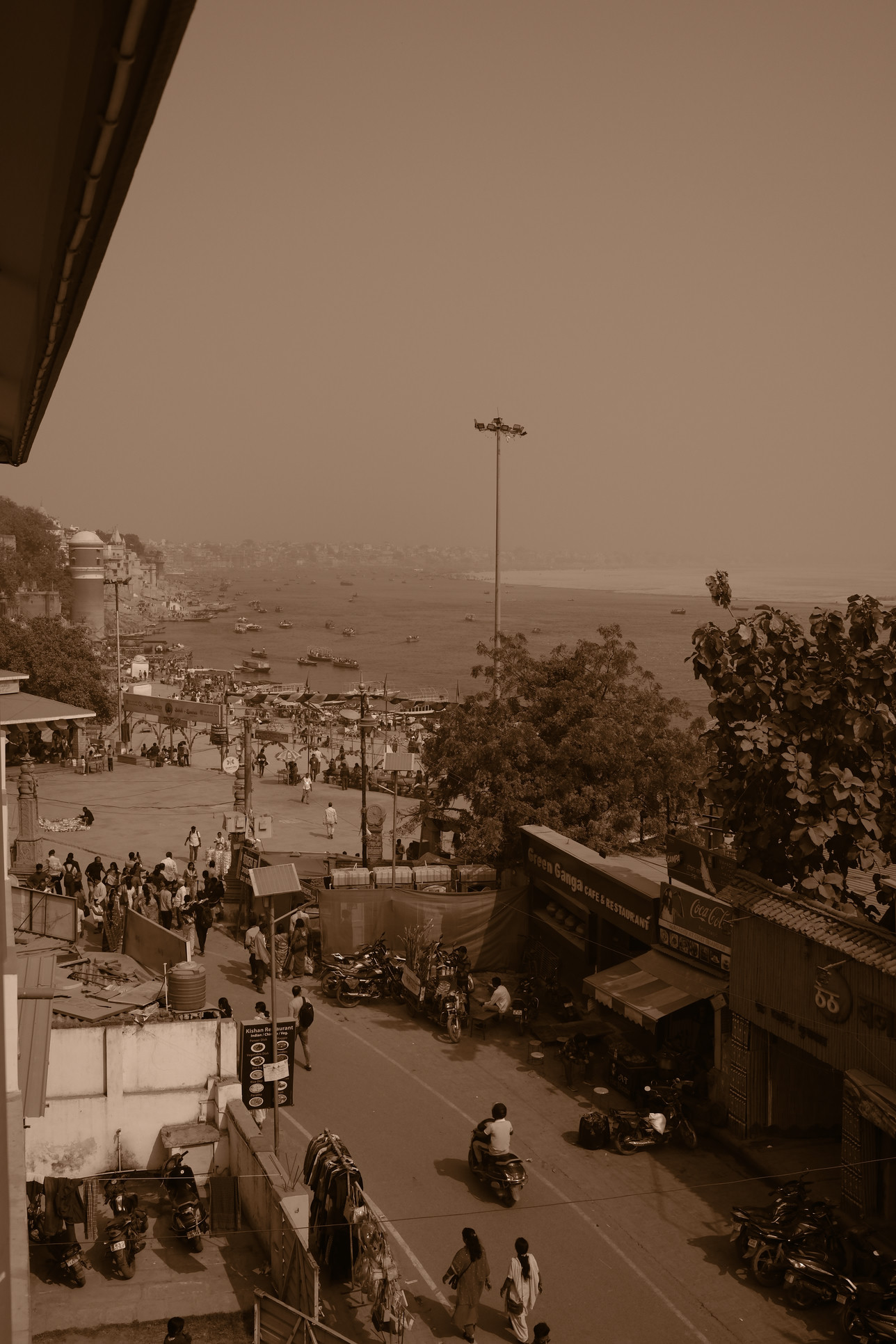
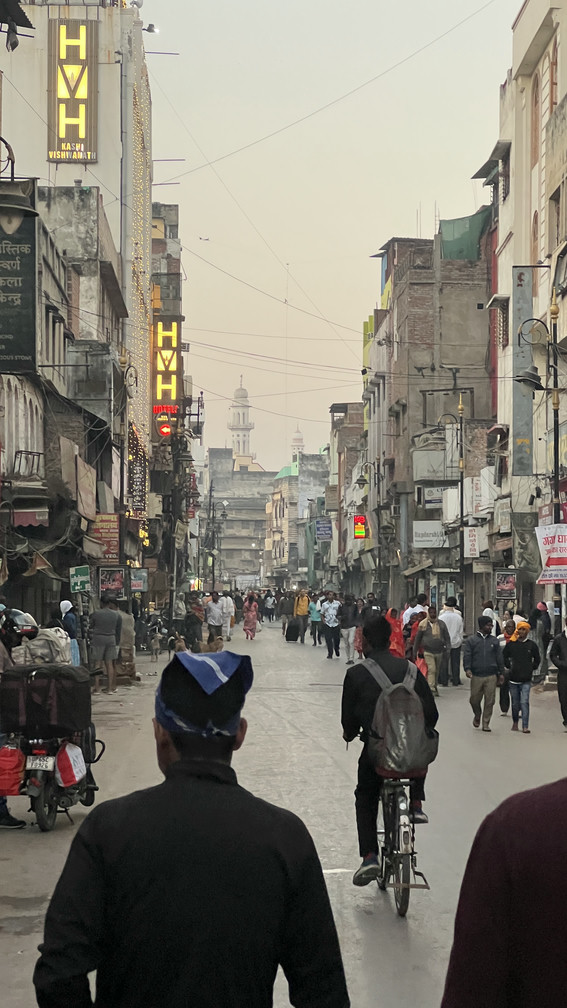
Prayagraj
I’d never heard of this city until this trip. I realized it used to be called Allahabad until they changed the name relatively recently. We came here to bathe in the confluence of ‘three’ rivers – The Ganges, the Yamuna, and the legendary Saraswathi river. Prayagraj is a cool city and has some interesting history with some Mughal forts. We didn’t get enough time to explore, so I don’t have a lot to say. I wish the rivers were clean though.
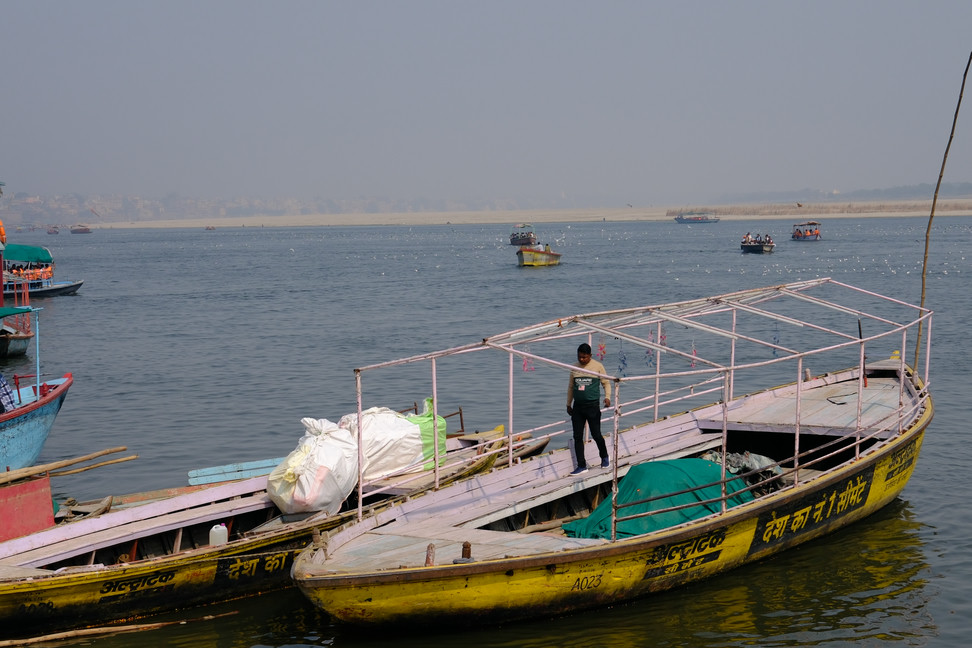
Ayodhya
Ayodhya, the legendary city of the Ramayana, was quite… empty. They recently opened up a new Ram Mandir here which brought in a large number of pilgrims to visit the new temple. It was a cool experience, but I feel as though modern built temples lack the awe that I feel when I visit older temples. It almost feels like they’re cheating with modern construction techniques.
Madurai
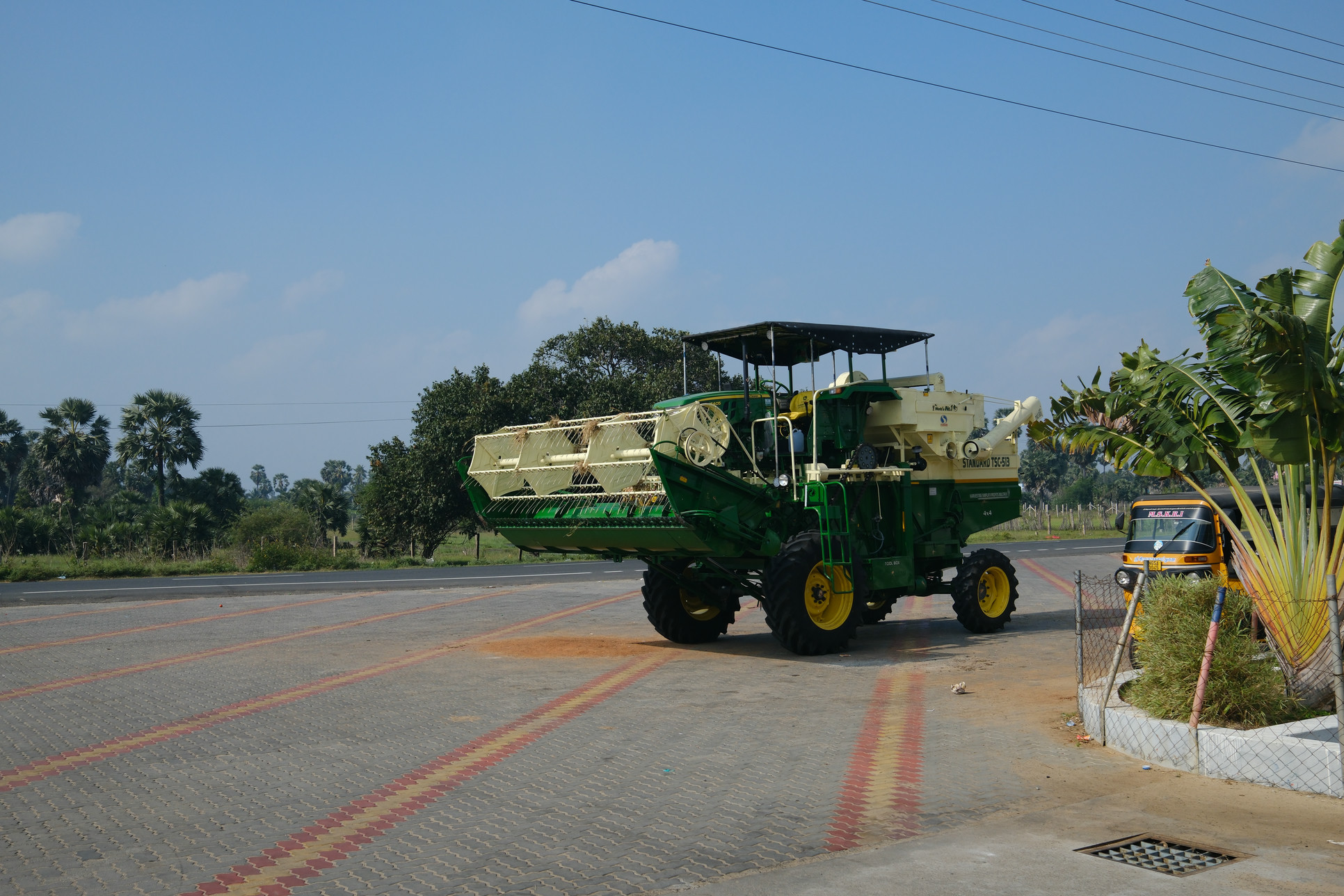
My mom is from Madurai! Madurai is a very old city and it still has that old Tamil town feel to it which I absolutely love. The temple (Meenakshi Amman temple) is magnificent. I really wish I had been able to take photos, but Indian temples are very strict with photography policies, so I had to leave my camera behind.
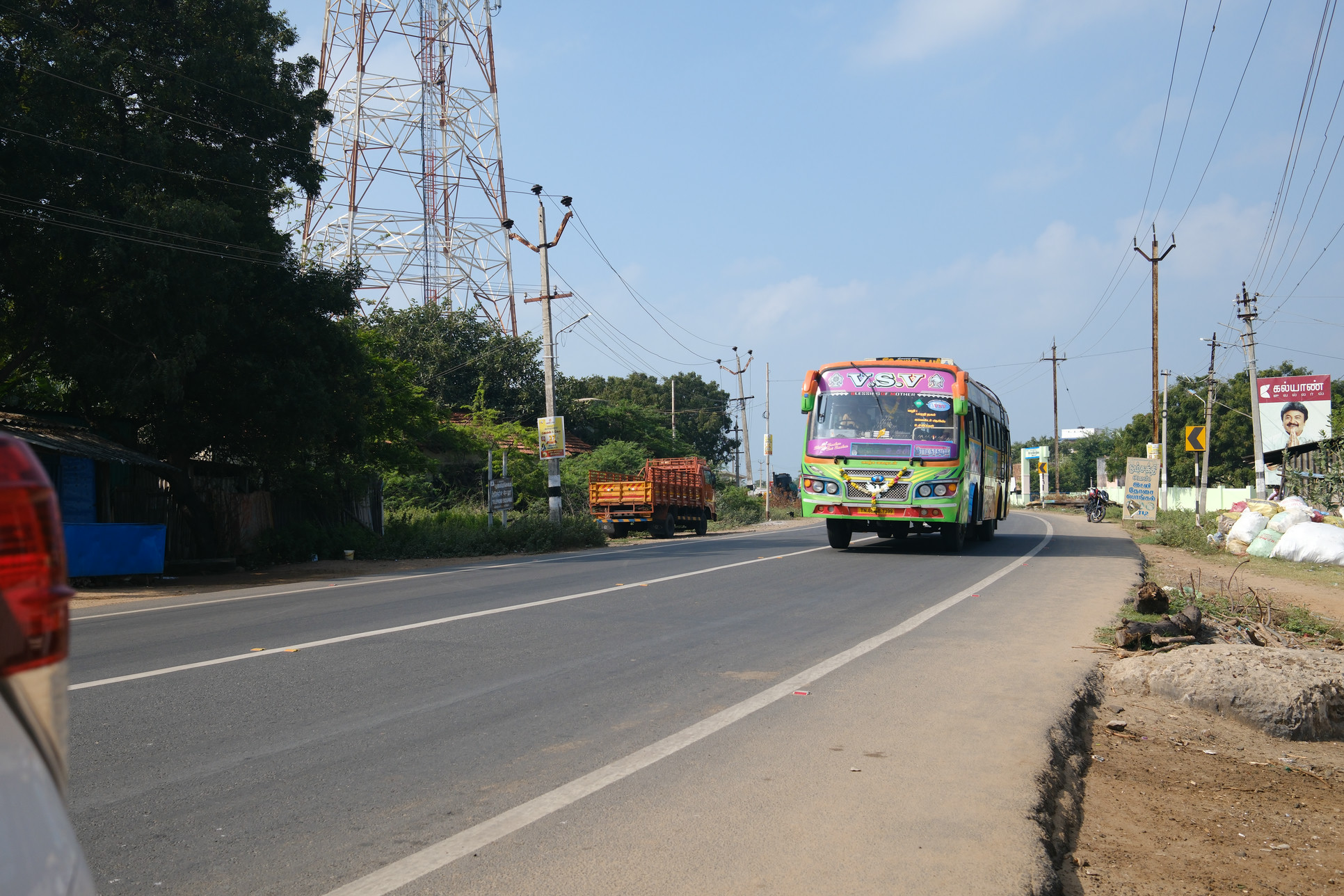
Rameshwaram and Danushkodi

We then continued our pilgrimage to Rameshwaram where we visited a temple to donate some water from the Ganges for various rituals in the temple. We also visited a temple where we bathed in the Indian Ocean, and then subsequently, had water dumped from 21 different wells with various waters on top of us in order. I’d never felt so wet in one day.
We also traveled to the closest point of India to Sri Lanka which was exciting. We could see Sri Lanka through a small telescope that people had set up.
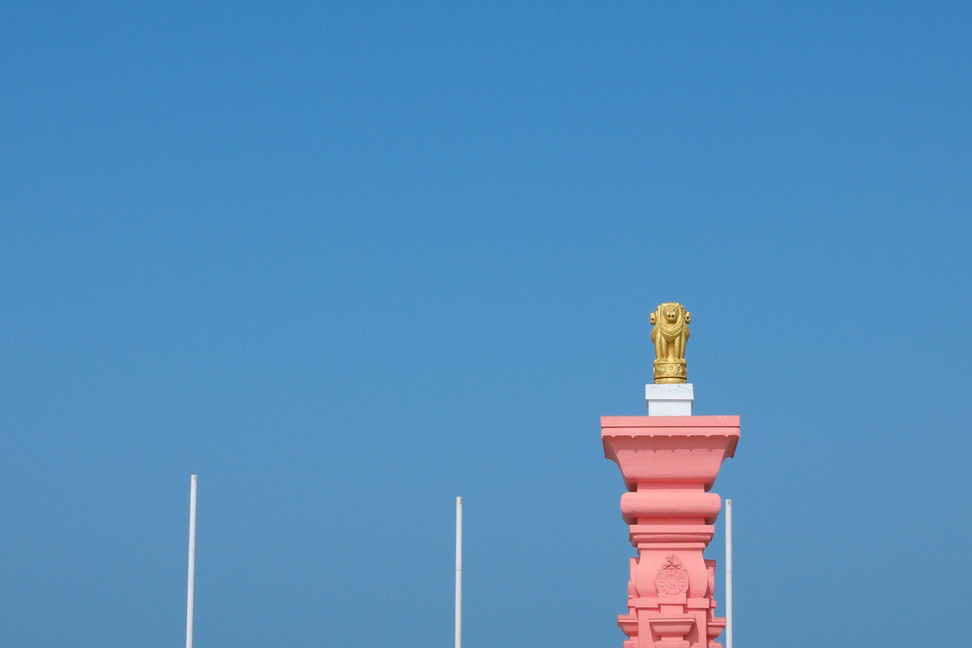

Economic Inequality
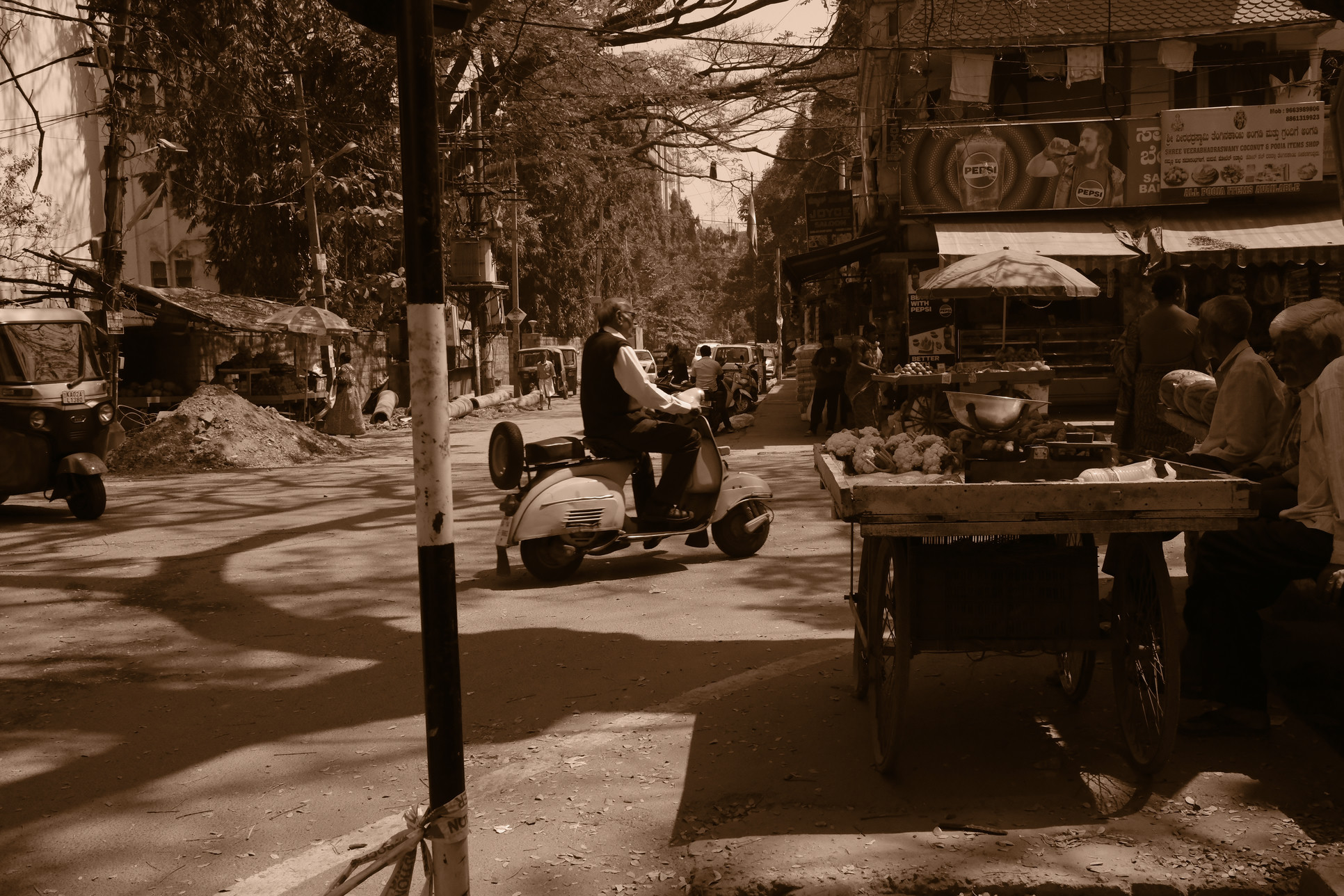
This time being back in India I feel like I paid significantly more attention to how well off my family is. In many ways, we were spending exorbitantly because we could– the dollar is so strong. In other ways, the country itself is still so economically divided.
Labor is so cheap.
As of writing this post, the Indian rupee is around 85 rupees to 1 dollar. 40 rupees can get you a small filter coffee. 150-250 rupees can get you a whole meal. We went to a restaurant with some of my aunts and ordered food for 7 people. In the US this could come close to $150-200. In India, it was roughly 1400 rupees or ~$16.
In the itinerary, I mention that we drove between cities. My dad can drive in India, but we decided to hire a driver–a relatively common thing to do as a middle class Indian. You can essentially hire anyone to do anything for you for very cheap in India if you are of moderate wealth in the US or well off in India.
In general, there is a large class imbalance that even the gap between ‘lower’ class people and middle class people is massive enough that middle class Indians can hire cheap labor.
It’s not uncommon for people to have maid servants hired to clean their floors, wash their dishes, and do their laundry. It’s not uncommon for you to walk down the street and pay someone less than 400 rupees to iron over 30 pairs of pants and shirts. It’s not uncommon to haggle price differences that are essentially meaningless to some but extremely meaningful to others.
These are interactions that I noticed in the past but gave little heed to. The interactions I did notice, however, that continue to bother me in addition to the economic inequalities are the number of under-the-table money exchanges for everything.
In India, it’s unspoken that almost every single interaction is followed with some exchange of money in addition to the agreed upon sum of money for any service. It’s almost like a tip, but it feels worse to me. There are also numerous occasions where we paid money to skip lines, get preferential treatment, and just generally get to see more things quickly. But in many ways, if we hadn’t paid that sum of money, the 3 weeks in India would have been a complete waste.
These are things I want to start appreciating more as I go back to India. Trying to be a better expat and utilizing wealth for good is something that I’d like to continue to work on.
Improvements in India
Tangent about economic inequality aside, India is a beautiful place. If you can get over some of the initial dirtiness, it truly is an amazing place. Over the years it’s only gotten better, and I think people truly are starting to care more about cleanliness in public settings.
I also noticed EV mopeds which I thought were really cool. India has a rich collection of mopeds and motorbikes that many people ride instead of cars since they’re cheaper but also significantly more maneuverable in traffic. The shift to EVs for these is great to see and something I was somewhat surprised to see considering regular power outages and blackouts that used to happen.
Takeaways
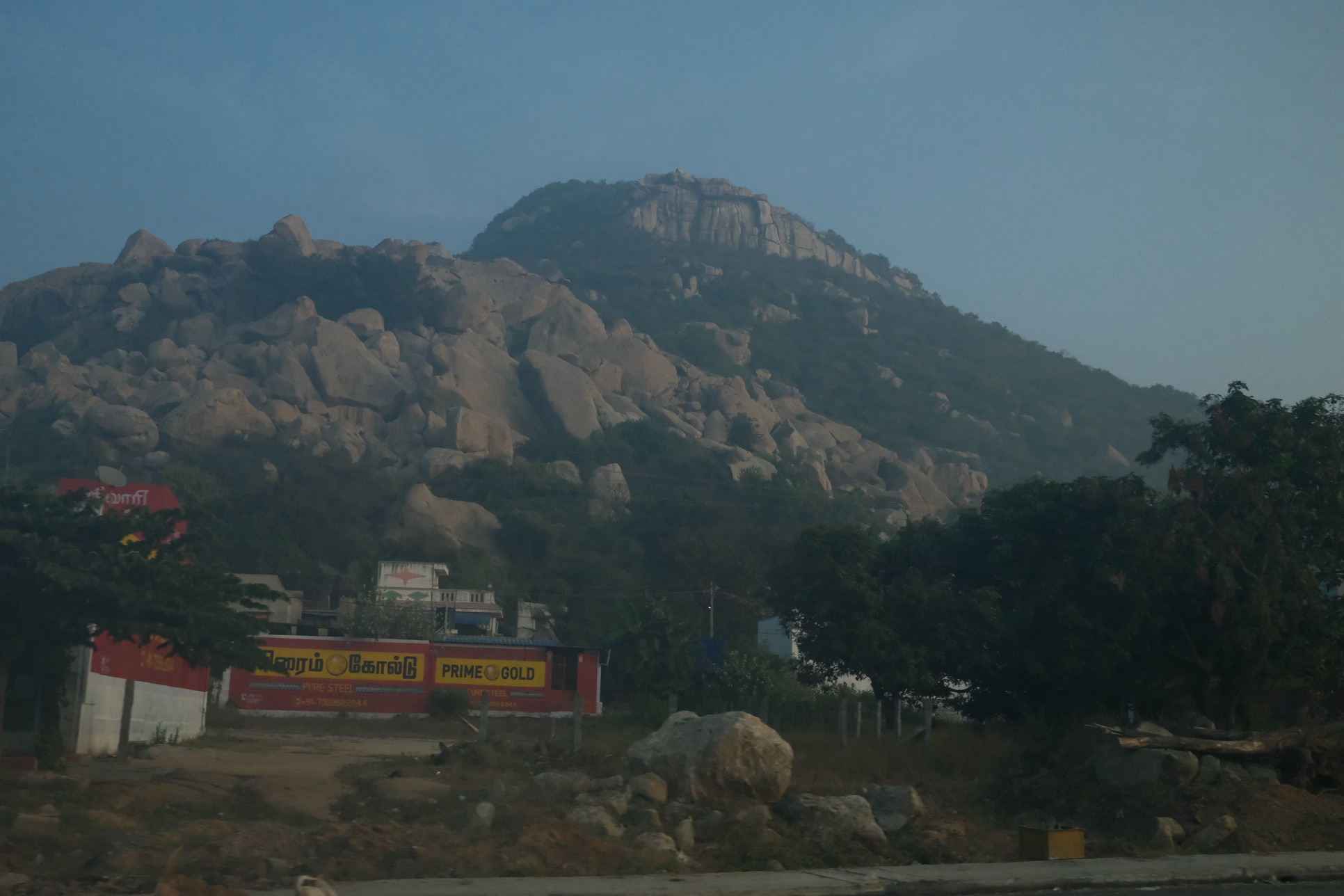
India is big
Across the entire trip, I probably traveled over a few thousand miles.
Normally, we would take the train between cities, but because our itinerary was so packed, we were force to take flights between cities. We also had a lot of driving which is pretty new to me in India since it felt like overnight trains were just superior. At times, I did wish that we were on a train because it’s just a nicer way to travel in India, but alas.
Distances that would’ve taken over a day by train (no high speed rail in India) took only an hour or two on a flight, so it made more sense time-wise to pay the cost to fly.
India is diverse
Even still, each part of India had its own charm and its own diversity. Bangalore wasn’t Chennai wasn’t Varanasi wasn’t Madurai. I felt like I saw the entire spectrum from big city to small village.
From firsthand experiencing first-class chai from a tea stall in Varanasi, to firsthand experiencing first-class filter coffee in Chennai, I felt like each place I went to was unique. It’s something that’s easy to gloss over when talking about India at large– homogeneity results in faster discussion. However, actually visiting and experiencing what India has to offer, especially this time around, proved the opposite.
India is getting better
In many ways, I think this heterogeneity in culture and, frankly, vibes between cities is largely due to the change that’s very palpable in India. Bangalore does not feel like how it felt even 5 or 10 years ago. Even historic cities like Varanasi have largely moved along despite having ties to the past. In many ways, the India I remember leaving behind almost 14 years ago has really left me behind too. I have a tie to what once was but isn’t quite there any longer. And that’s great.
It’s often said that immigrants remember their home country how they left it, but that it doesn’t stop growing or changing. And I think this is exactly what I’ve experienced.
Are there issues? Yes. India still has a vast economic gap. India isn’t the cleanest. India isn’t as developed. Is there beauty? Always.
This trip has really shown me that even through facades of dirtiness and ‘backwardness,’ India’s charm is still not lost on me.
Read my previous post